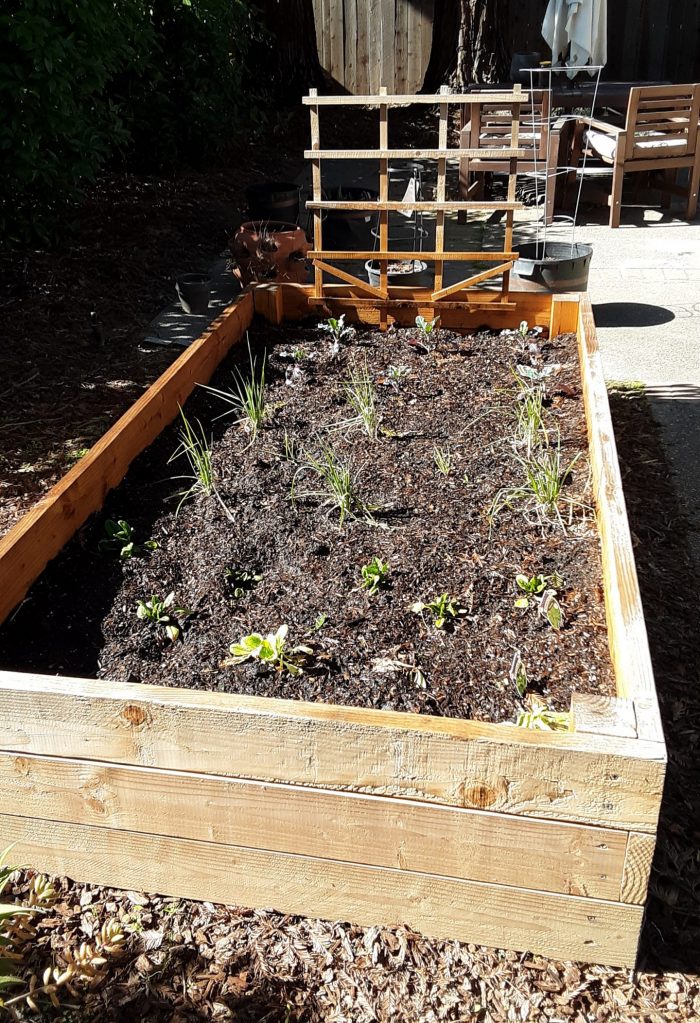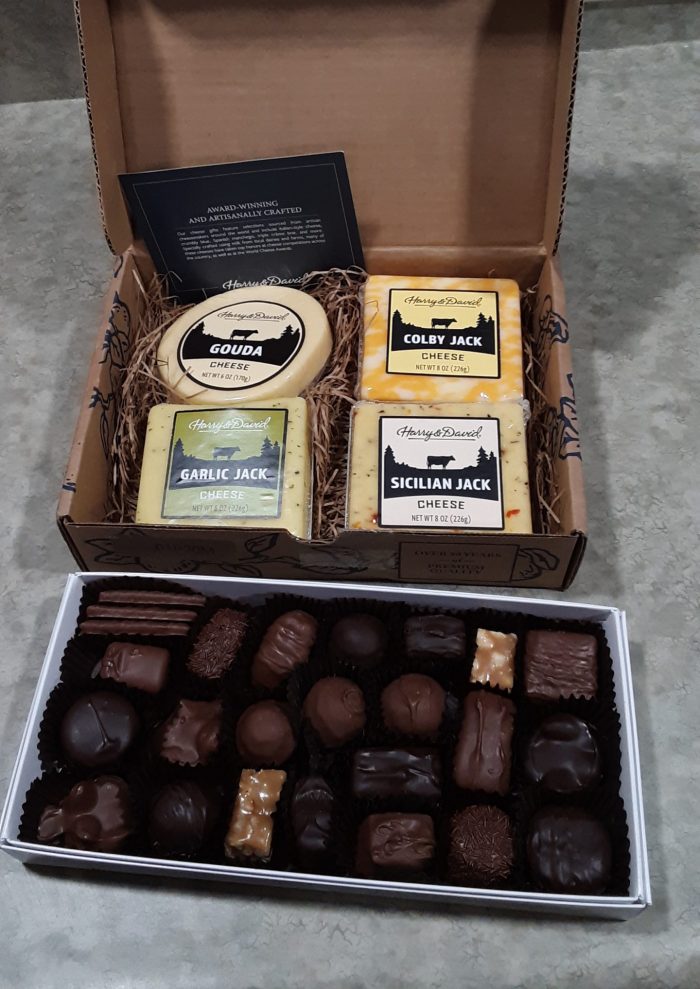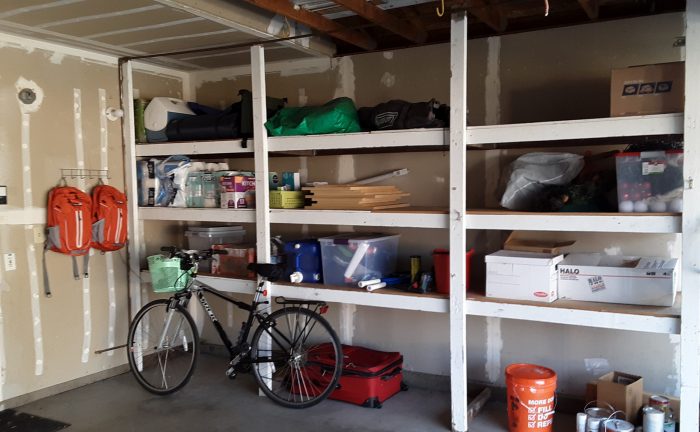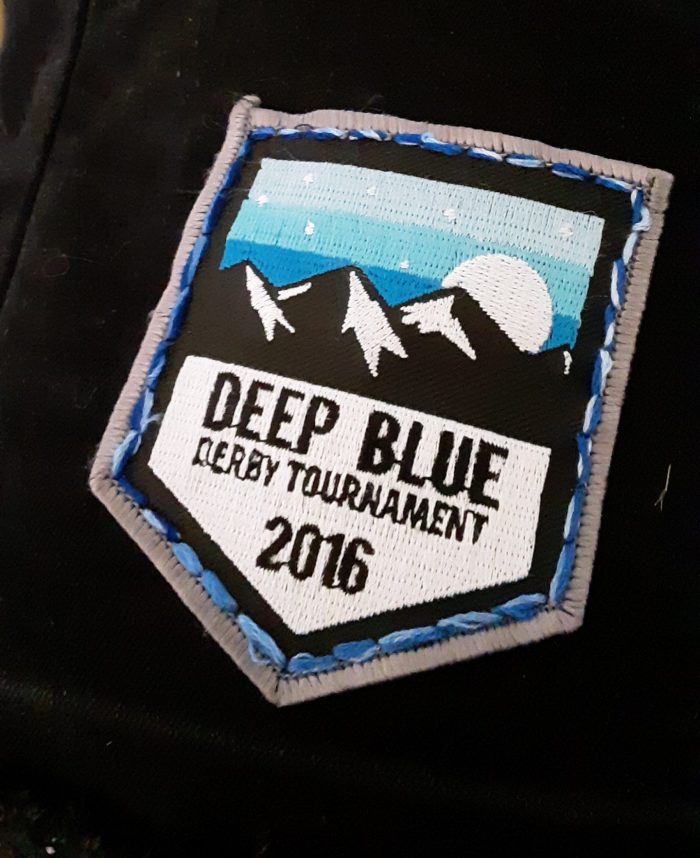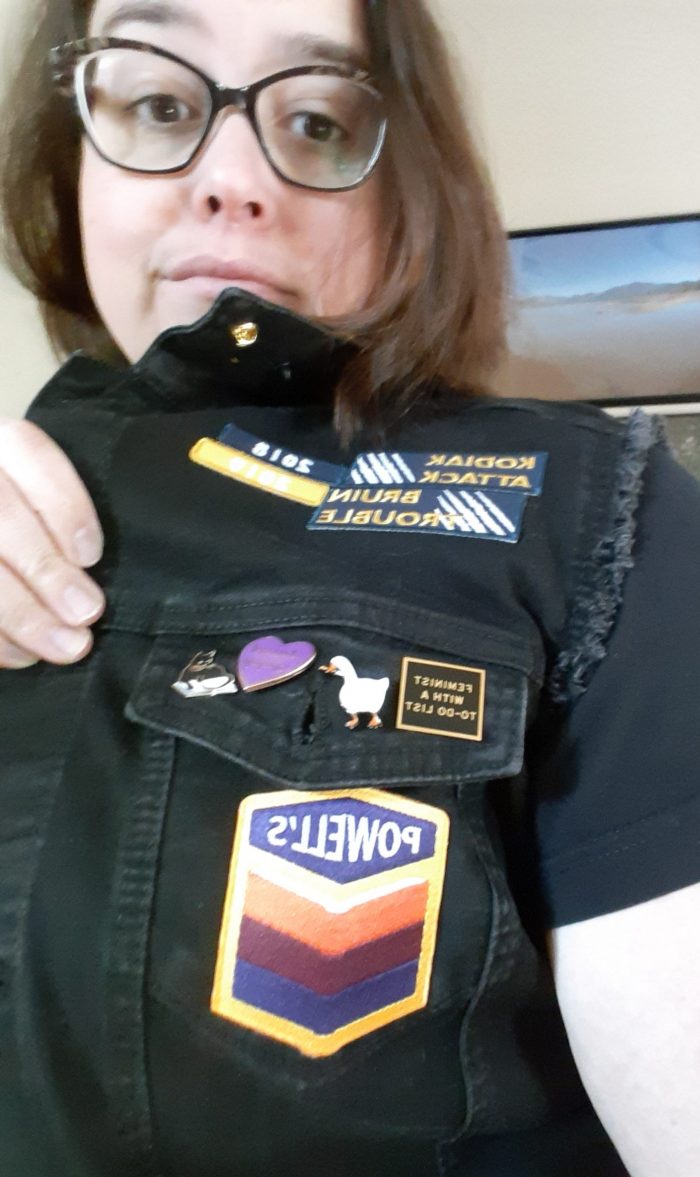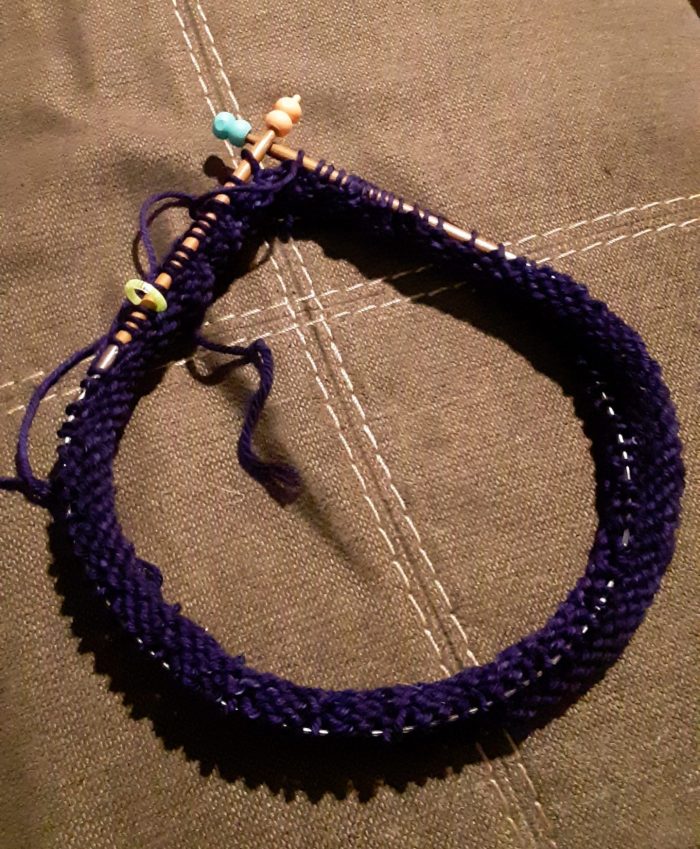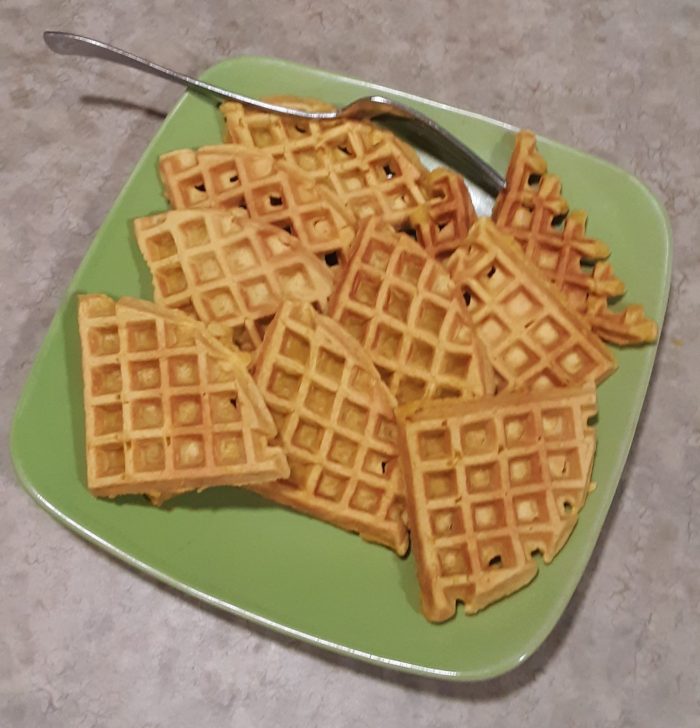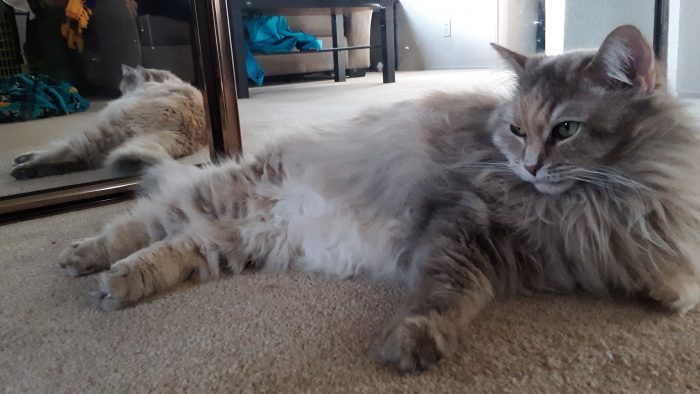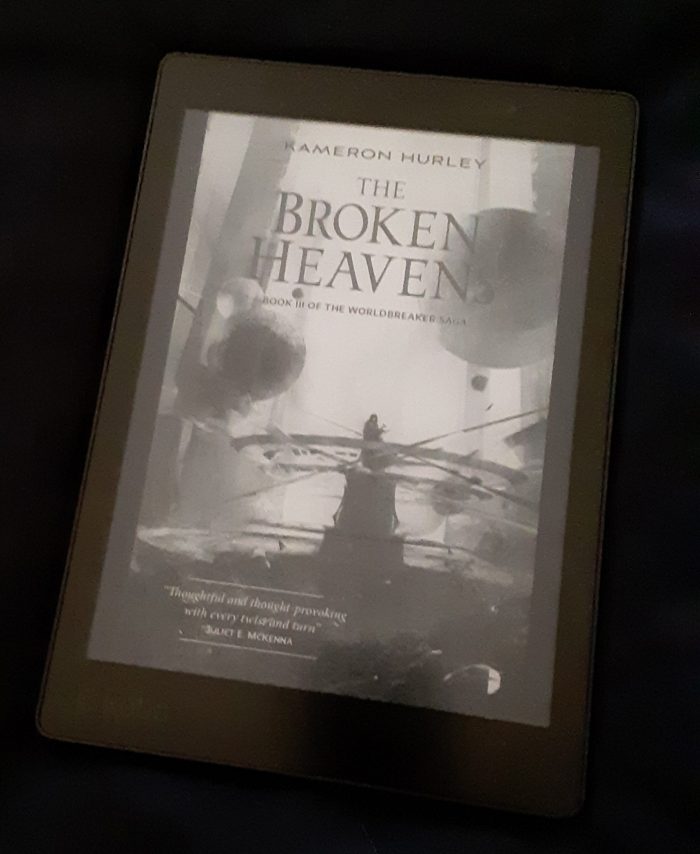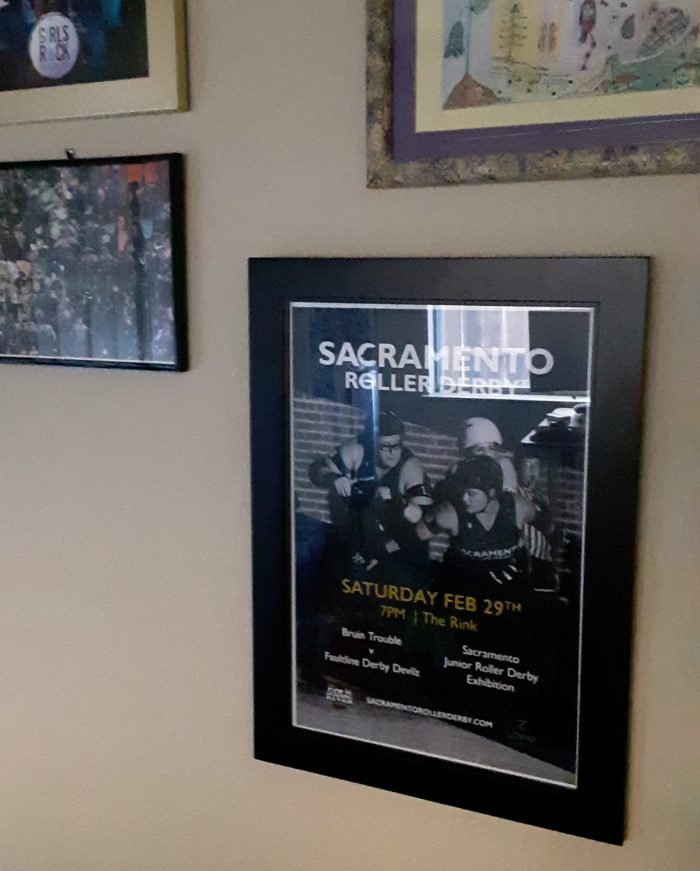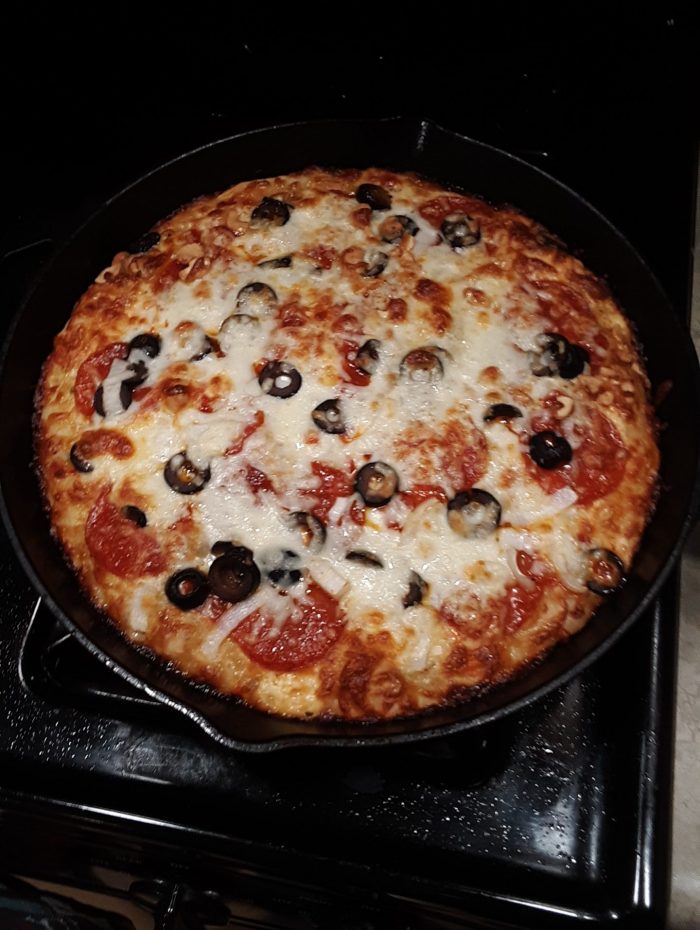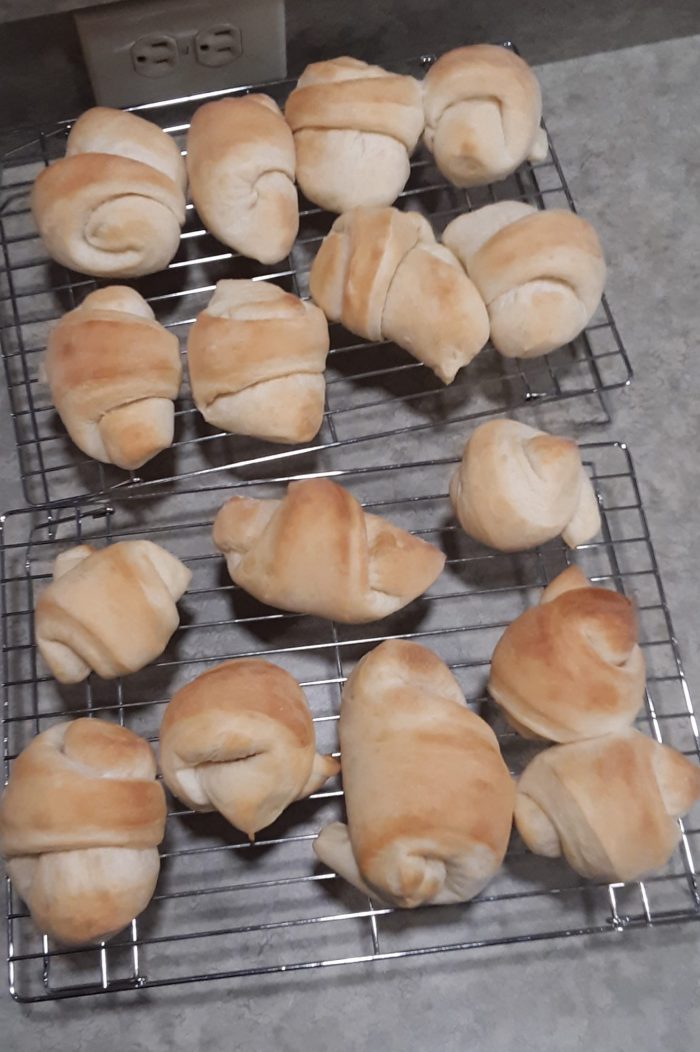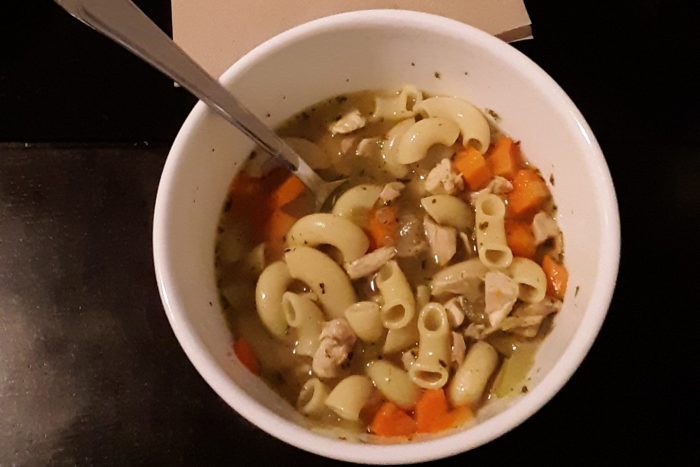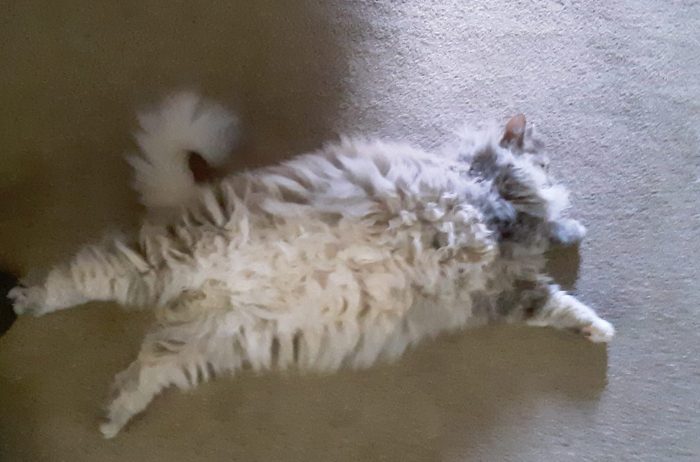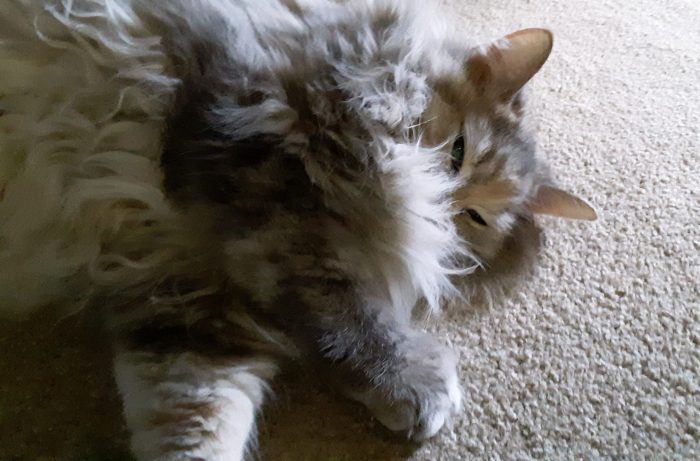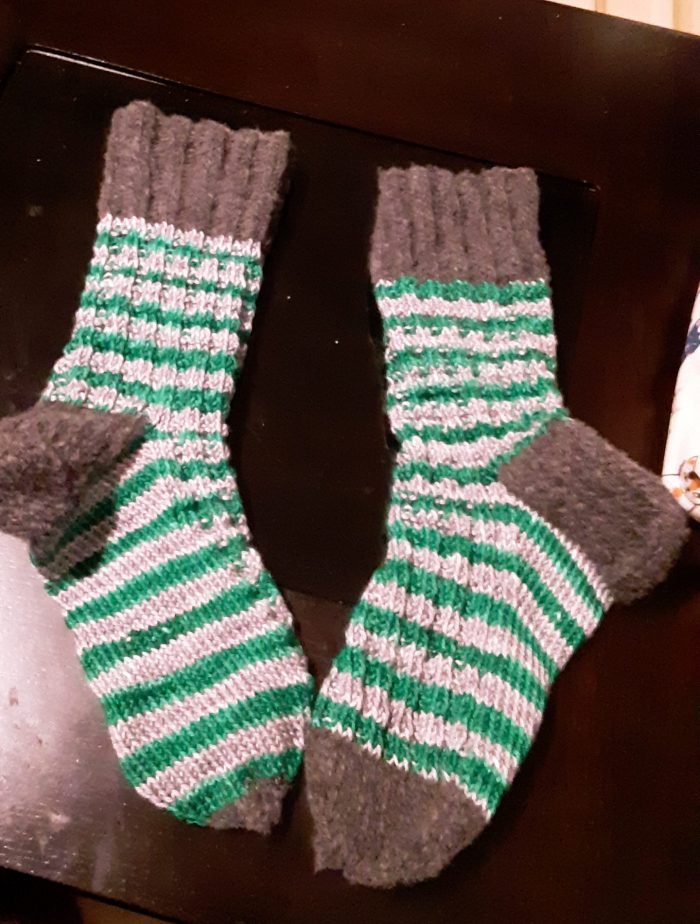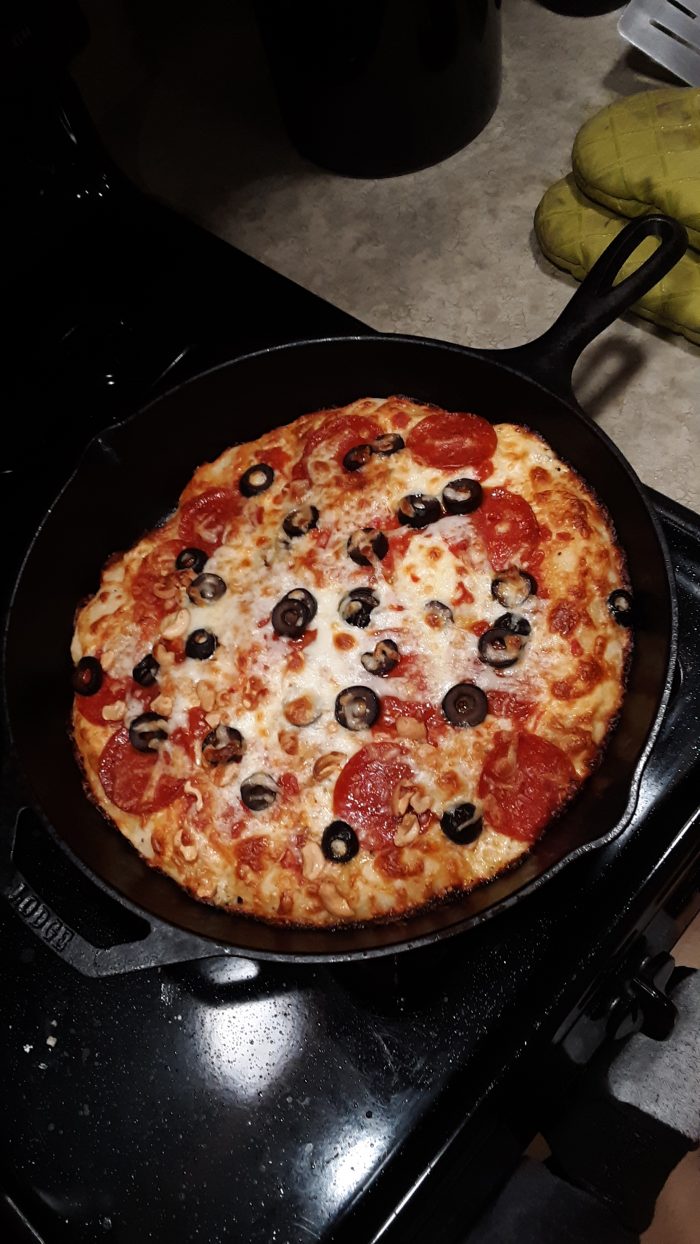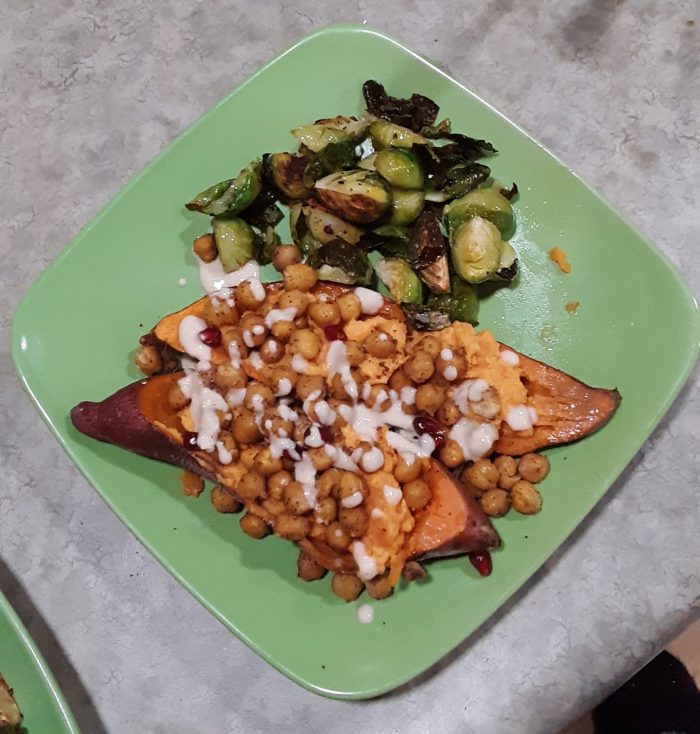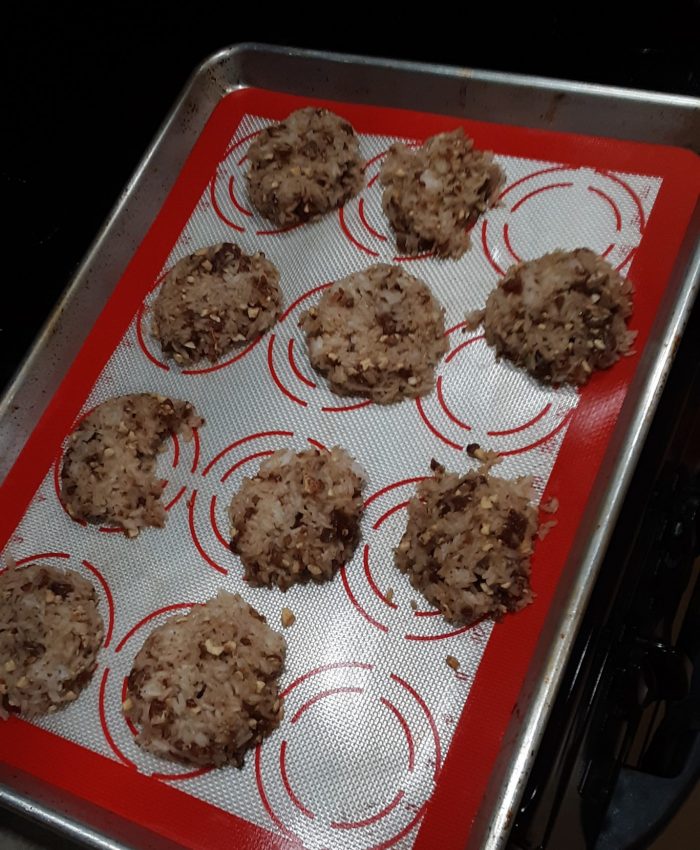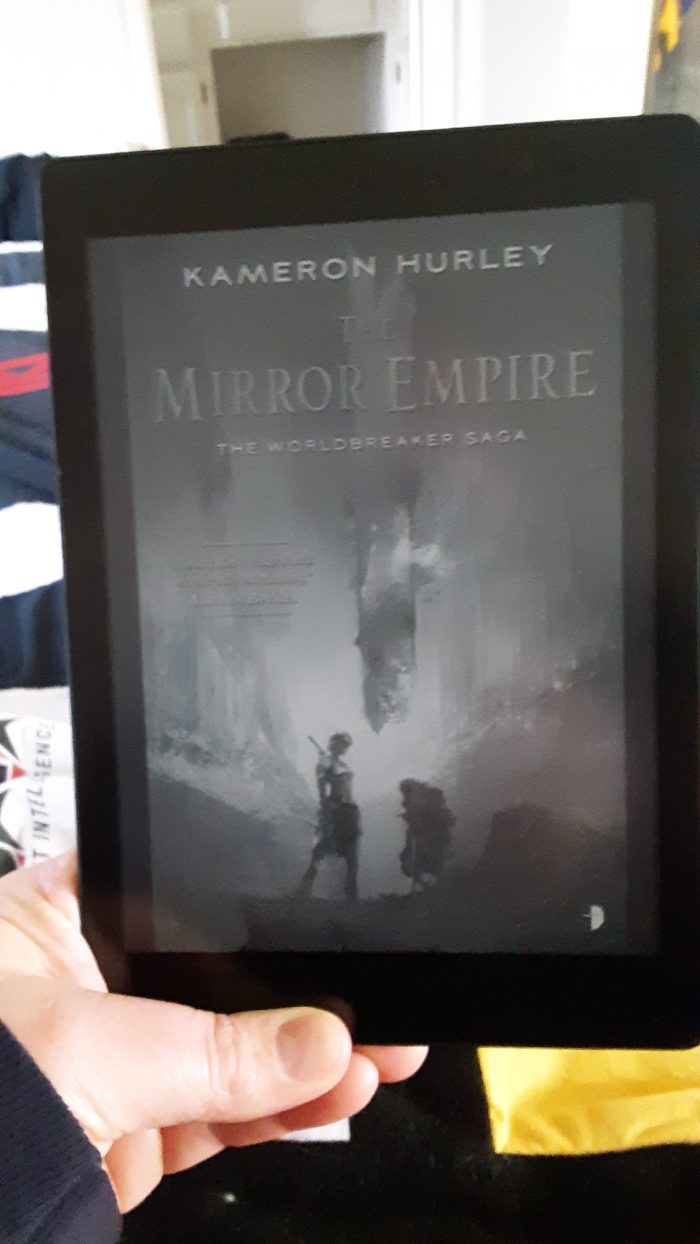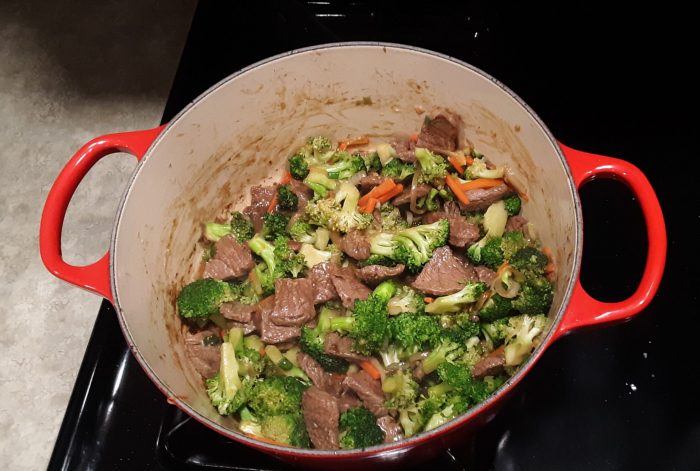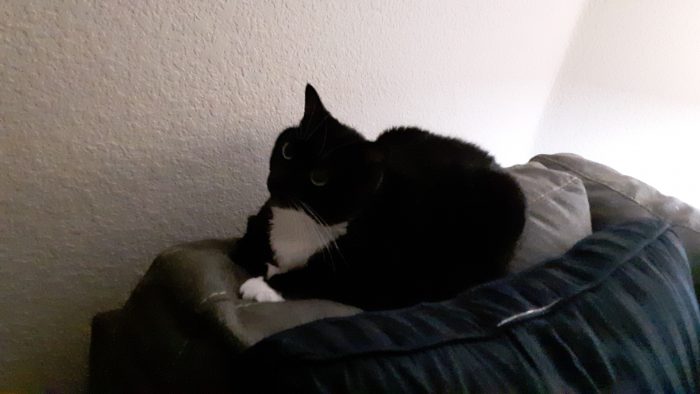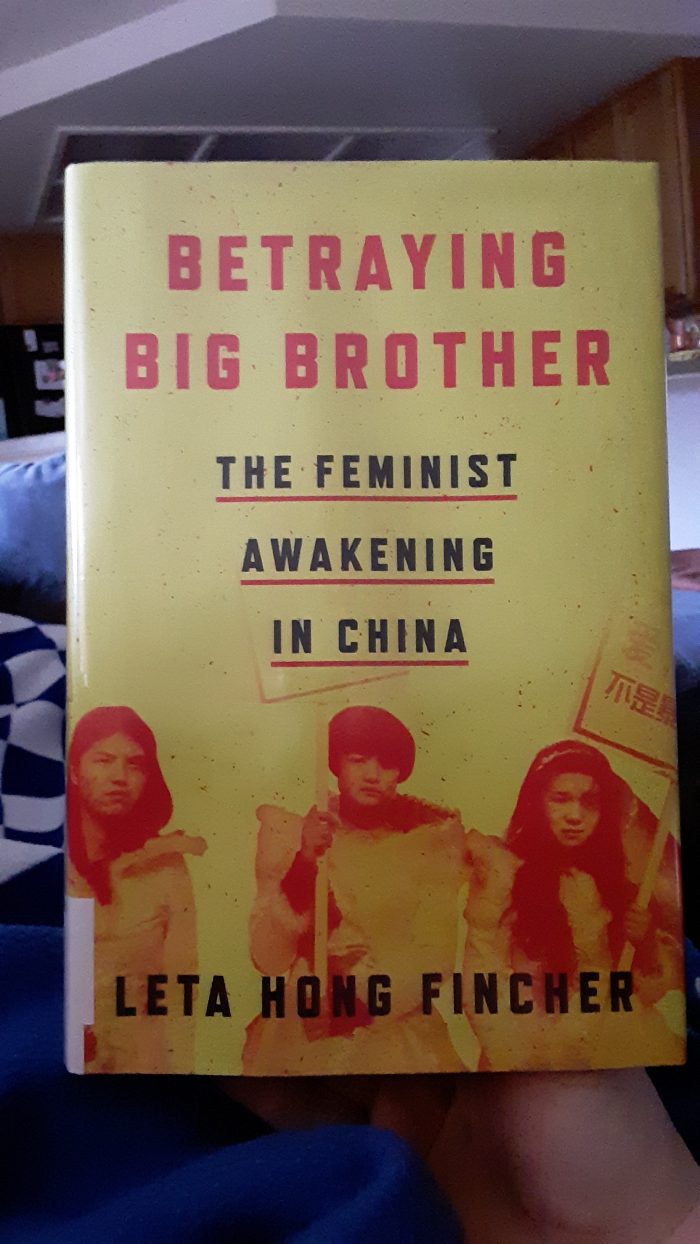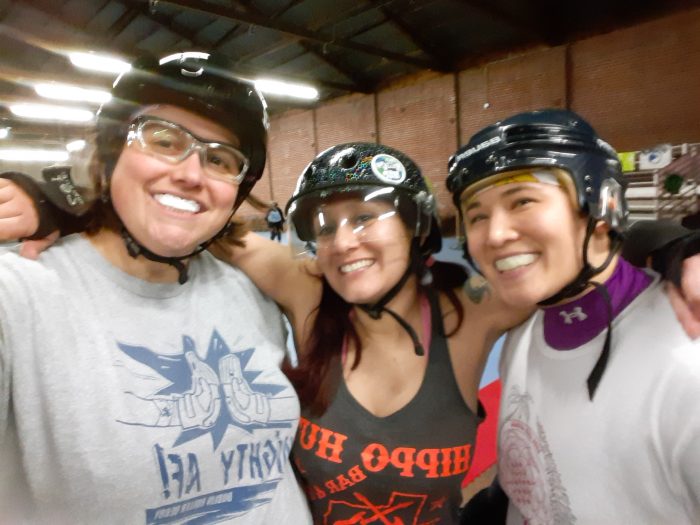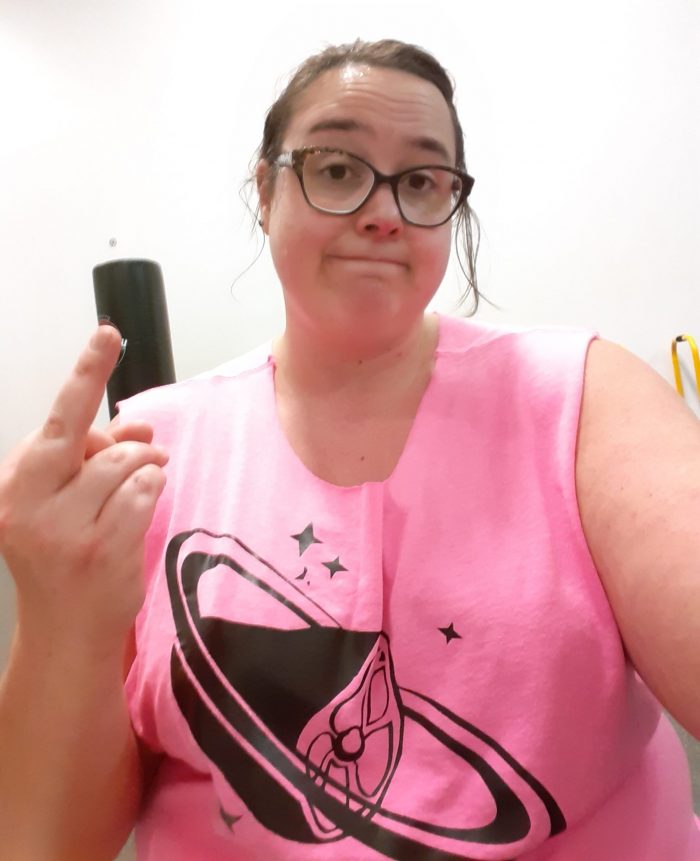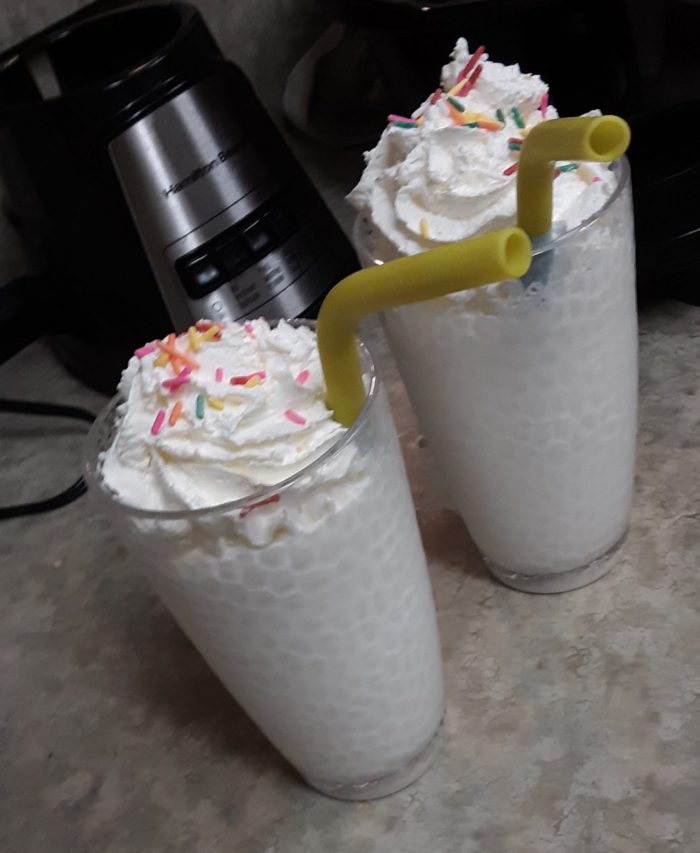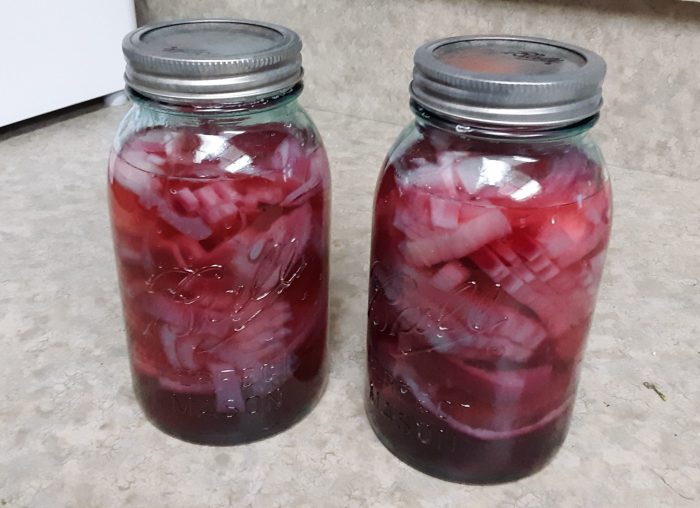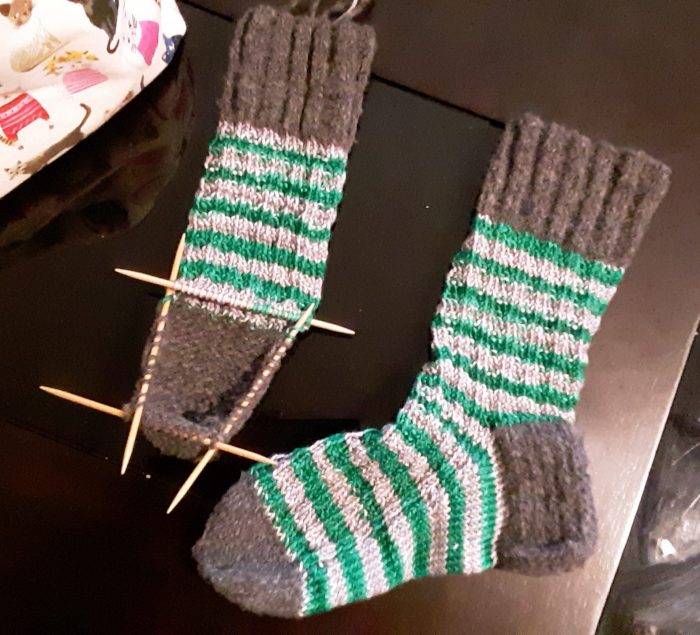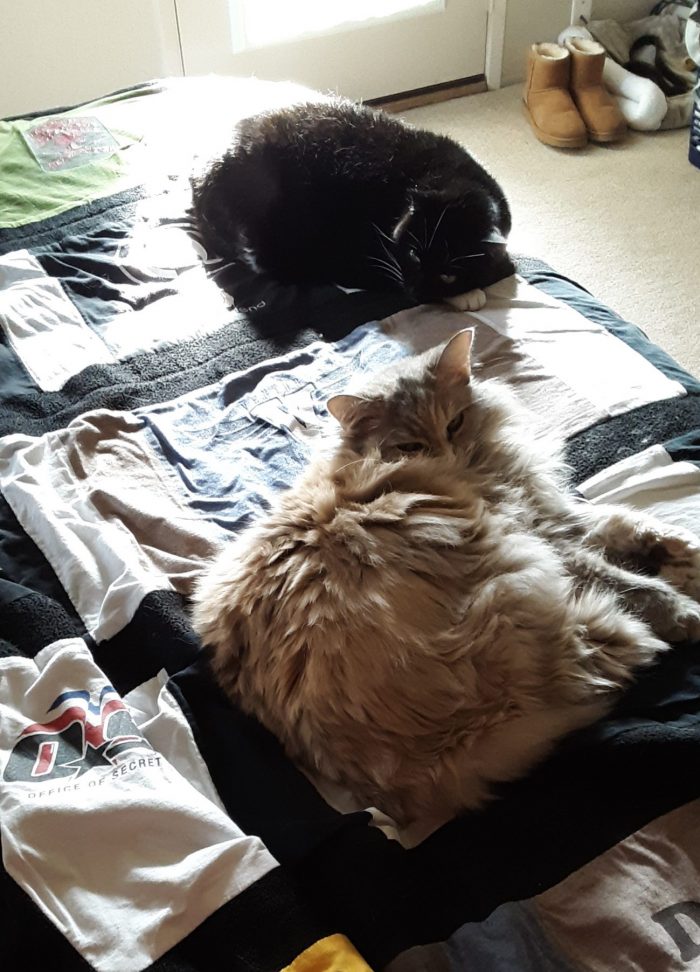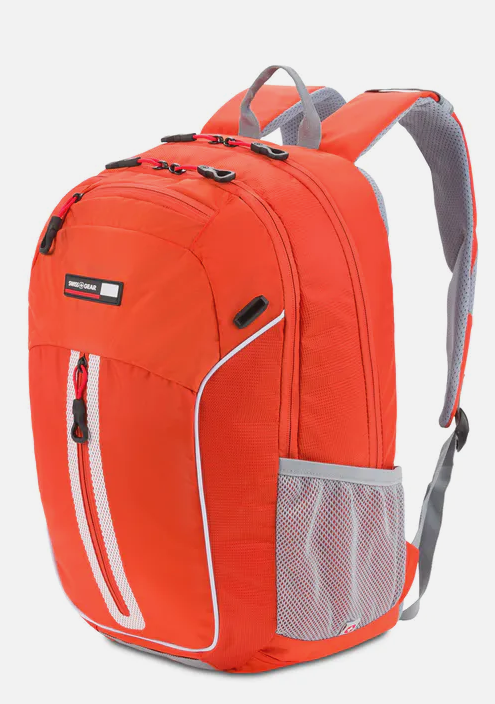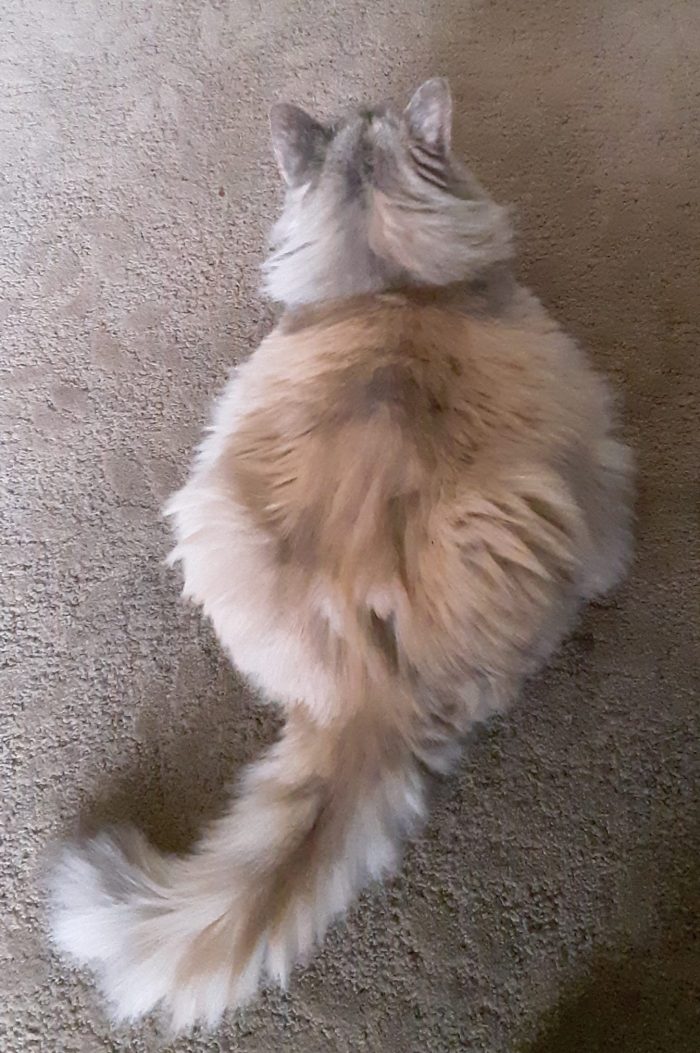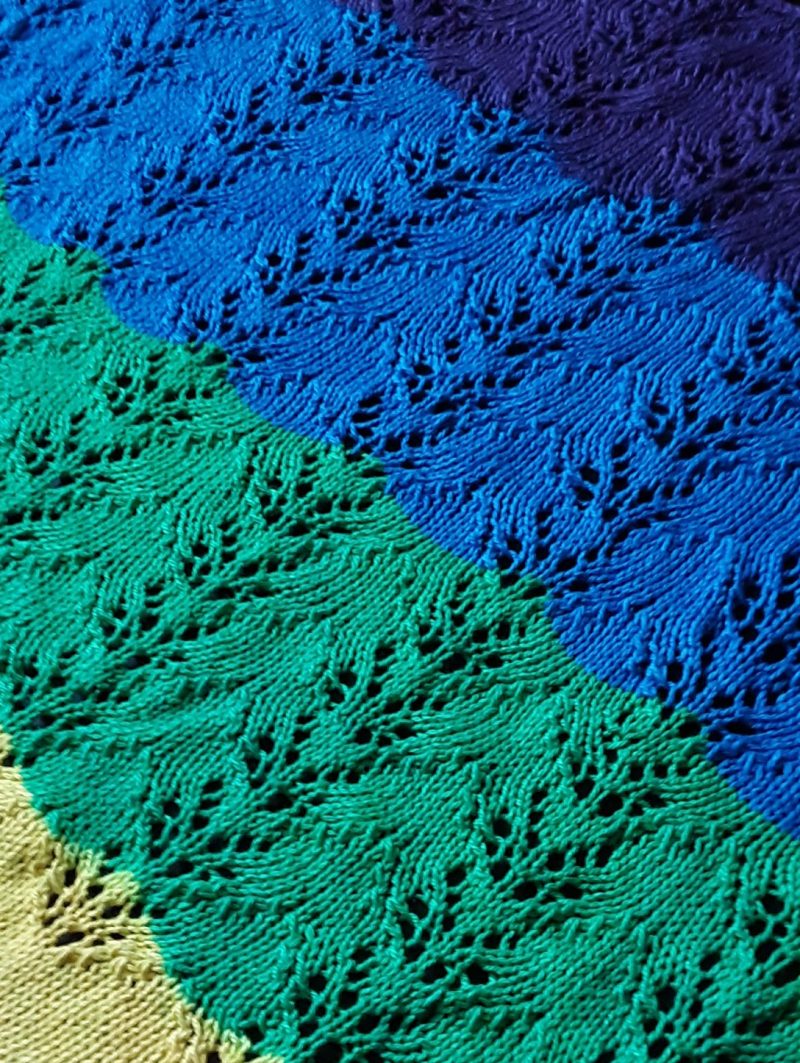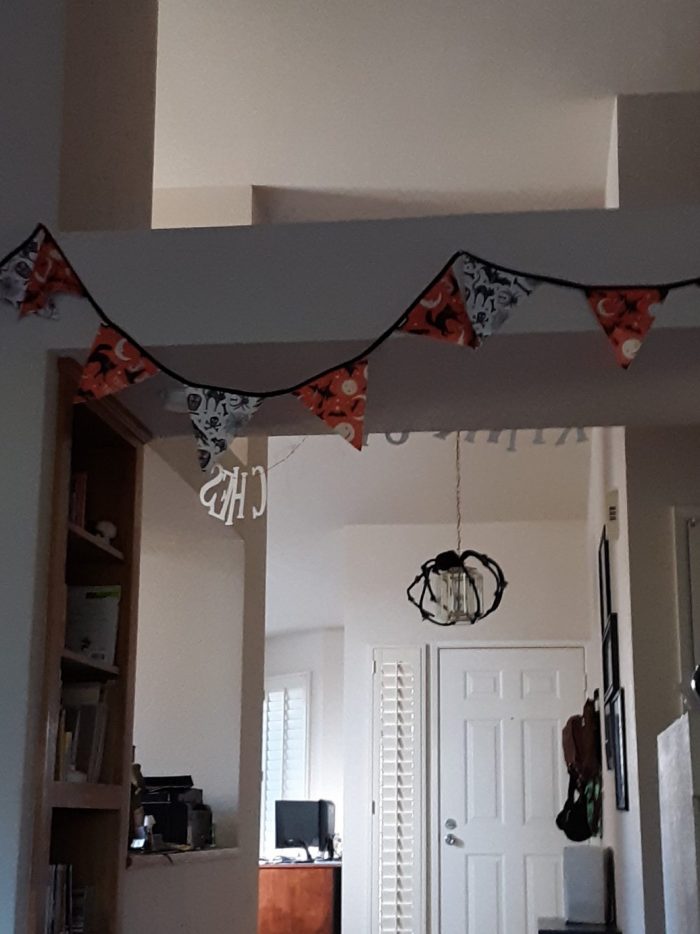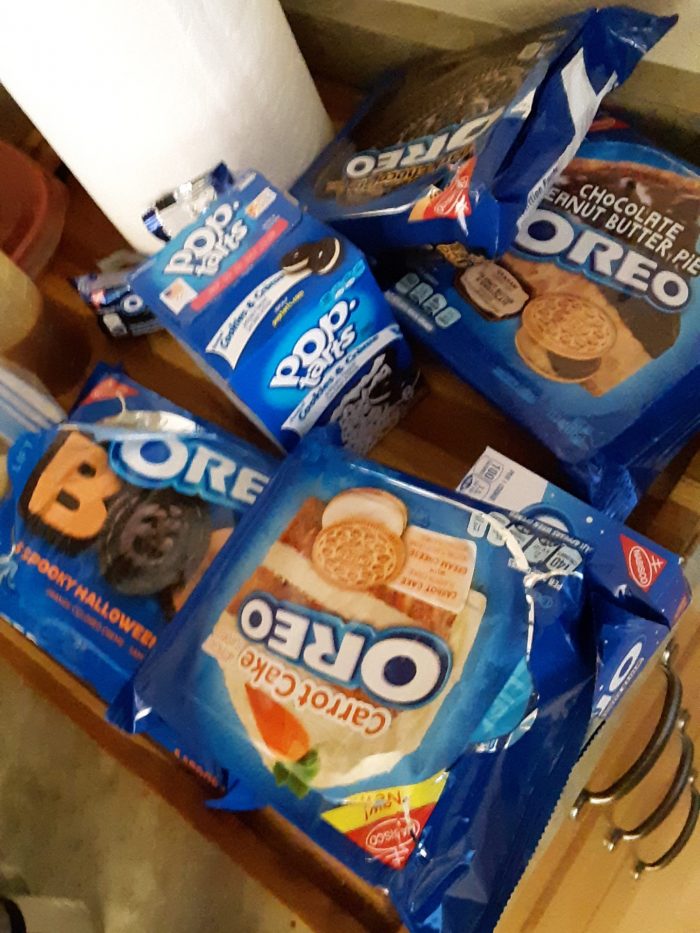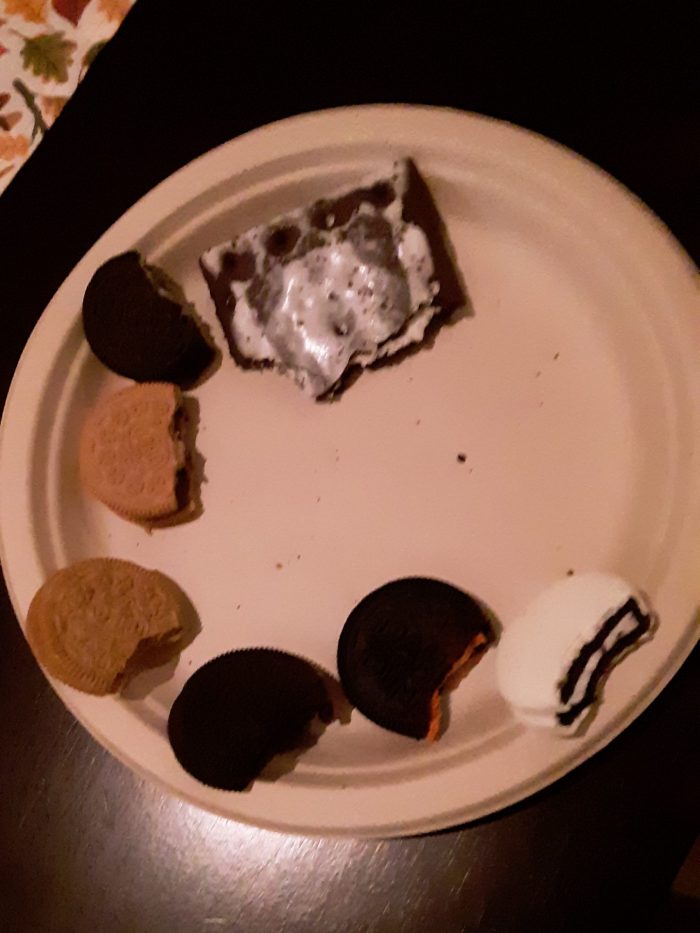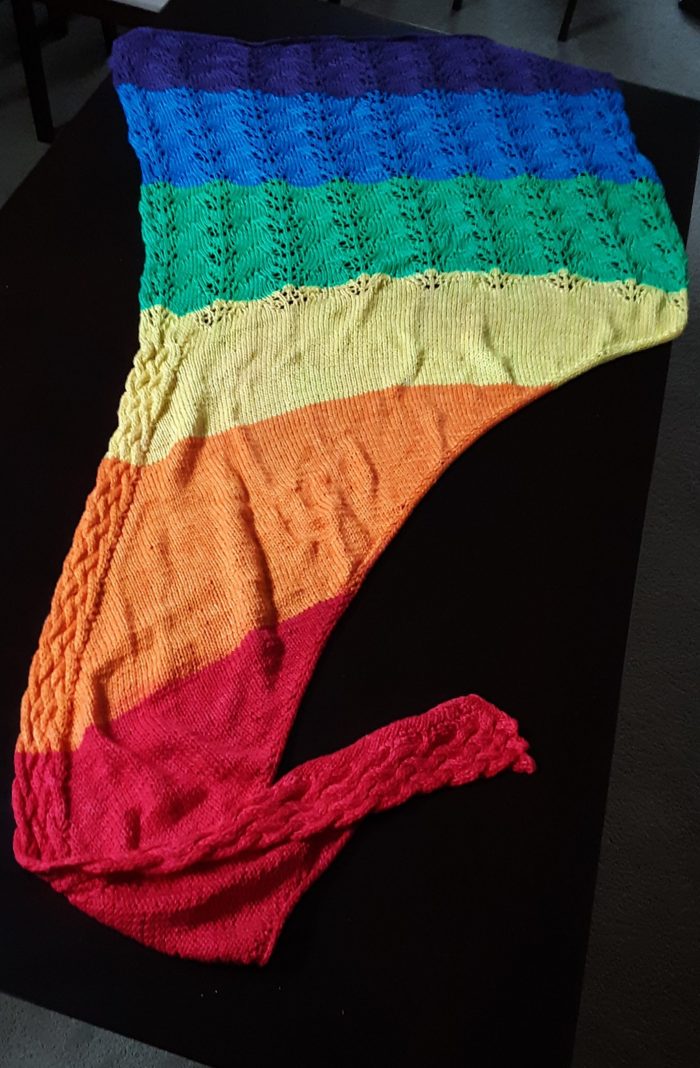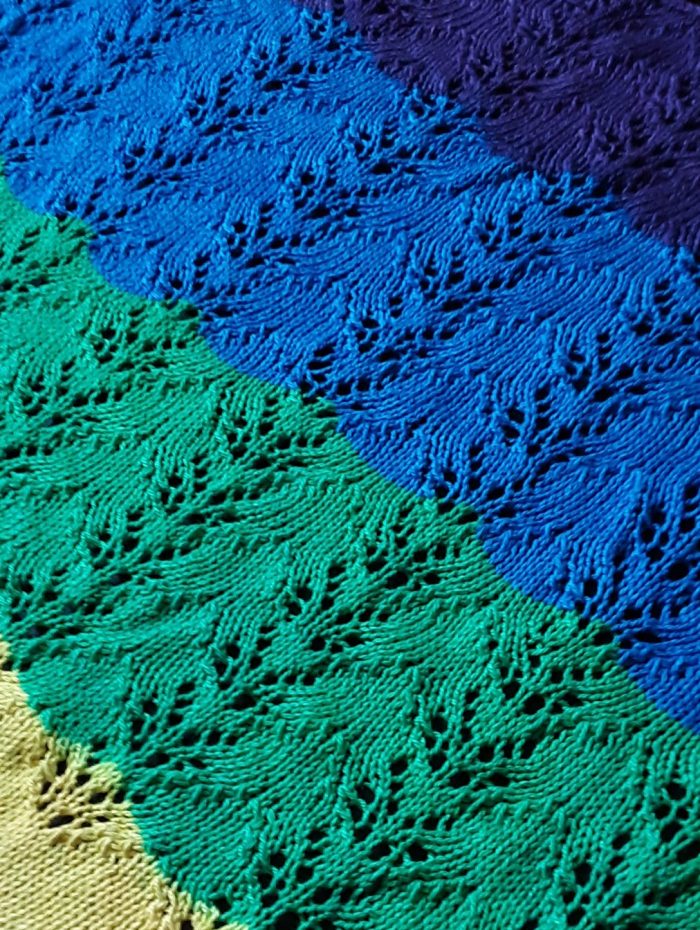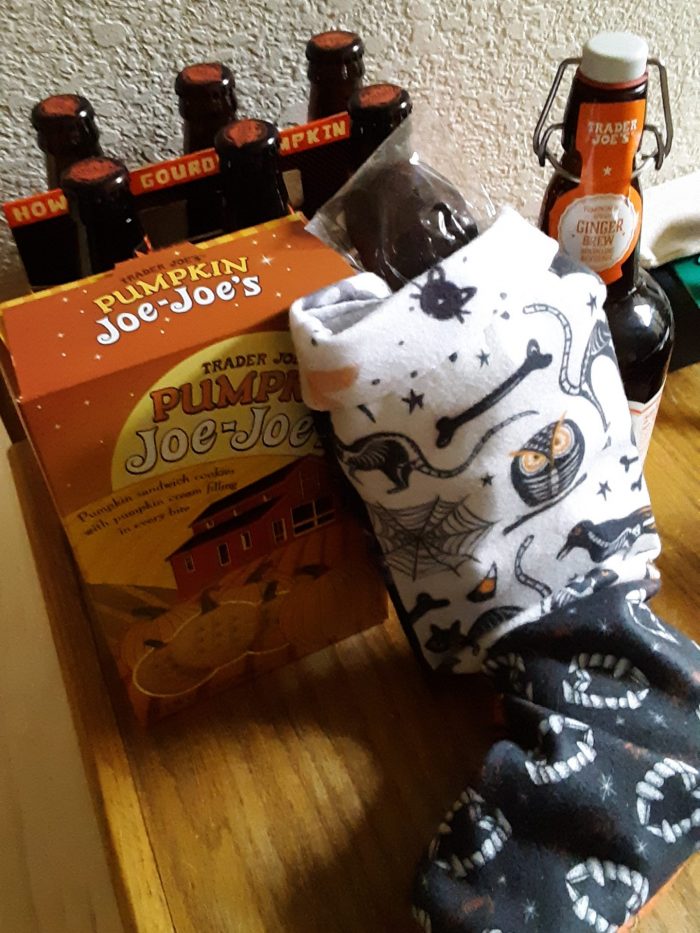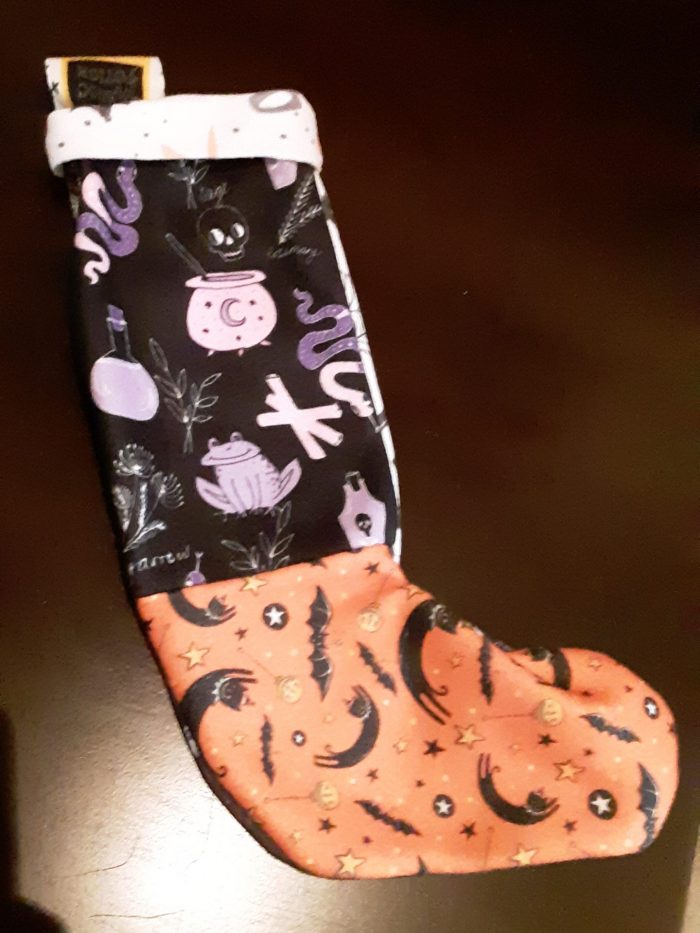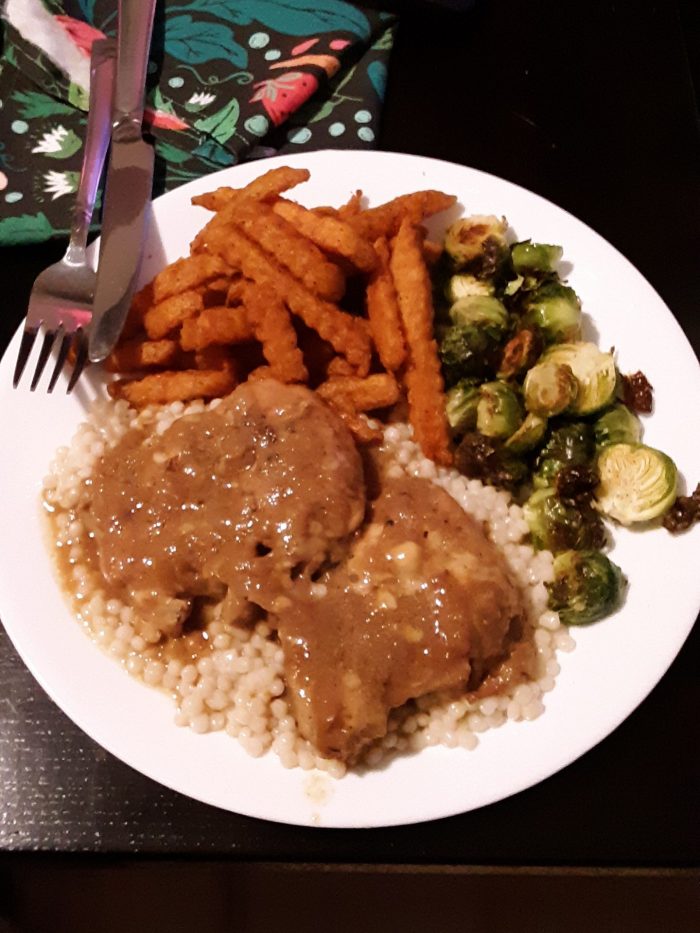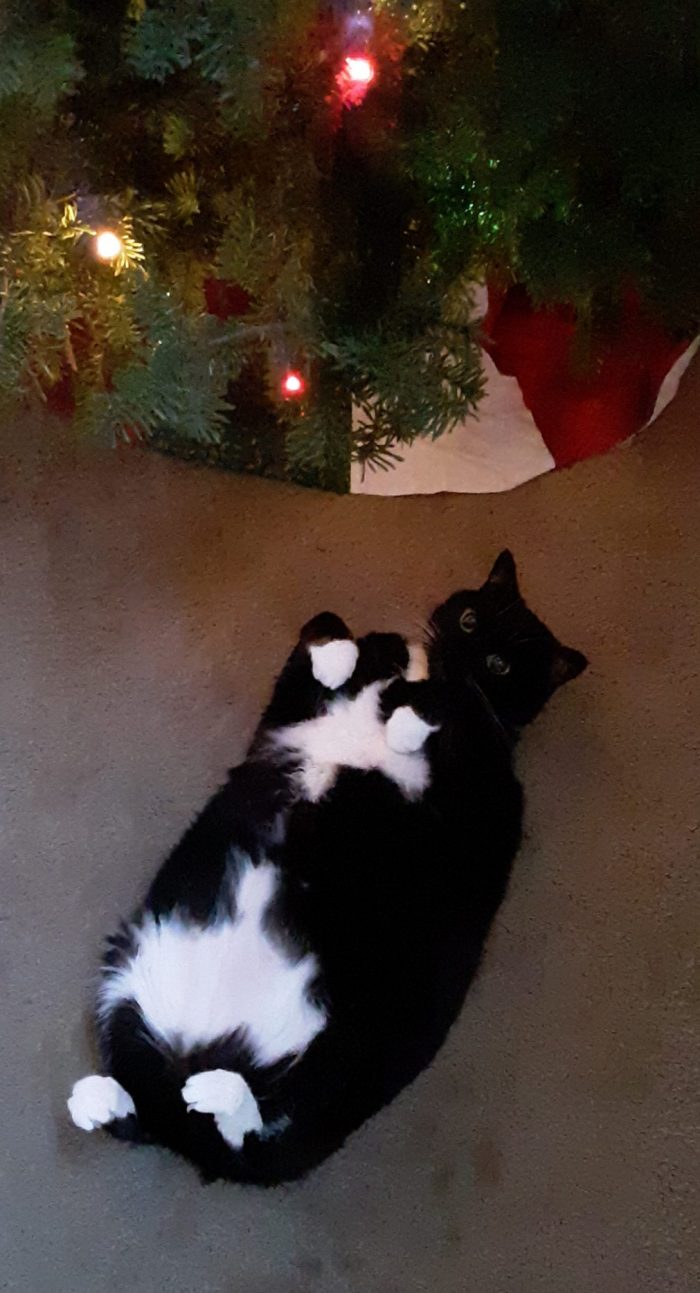It’s been another hectic week here between work and regular life. After last week’s work computer meltdown, I thought I was going to be in the clear. Not so. as of Monday, my copy of Microsoft Office began prompting me to sign in and refused to let me use any of its programs because I had an “unauthorized copy.” Being an editor without access to Microsoft Word basically renders me useless. Especially when the company won’t let me download any replacements like Open Office. This problem didn’t get resolved until Friday, when my boss started hassling people on my behalf. You’d think it would be nice to not work. Not working is nice, but continuously checking in and trying to make tech support help you while your boss grows increasingly agitated is not so nice.
My ankle has still been fairly swollen after last week’s injury so, at the suggestion of my friends, I went to the doctor. There were literally no appointments available, so I had to call Kaiser to be like “what gives” and they managed to find me a time slot. I don’t know how that works but what do you do if you aren’t assertive enough to call? After a bit of poking and an x-ray, the doctor determined that I have a serious sprain, but no fracture. I’ve been instructed to keep compression on it during the day and stay off my feet as much as possible. Of course, this also means no roller skating, which is pretty disappointing. I feel dumb for injuring myself just walking around. Even the doctor laughed at me when I said I tripped at the library. Sorry my injury wasn’t cool, I guess. In a certain way, I’m relieved I didn’t get injured from derby. Plain clumsiness got me this time.
Consuming
Here are some things I read, watched, or bought this week.
Reading
I have been reading but don’t have any big reading thoughts to share this week. I recently finished reading the most recent book in the Invisible Library series, The Secret Chapter. I keep thinking this series, which focuses on a librarian who’s job is to collect (read: steal) books for what’s basically a magical, other-dimensional library, is going to get old, but it doesn’t. It was a fun, relaxing read.
From the internet this week:
- Scotland moves to become first nation to make pads and tampons free via The Washington Post. Sometimes I read news stories like this and I am overcome with unexpected emotions. Can you imagine not having to pay for pads and tampons? The underlying logic of a law like this—that women are people and our healthcare needs are important—is amazing. I hope we can at least stop taxing feminine hygiene products here in the U.S. I don’t expect them to be free anytime soon.
- Netflix’s Love Is Blind makes one wonder: are straight people doing OK? via The Guardian. First of all, I watched about 10 minutes of this show when Anne was visiting and was basically horrified the whole time. This article makes the case that straight people are so obsessed with marriage as a milestone and marker of adulthood that they’re even willing to agree to marry someone sight unseen. I was reflecting on this idea and the heterosexual marriage obsession and I remembered being in middle school and joking with friends that we might get married when we’re 40 if we still hadn’t found anyone. Somehow we’d gotten the idea that it was so important to be married that we should have backup plan in case true love eluded us. To our culture’s credit, I don’t see so many jokes in that vein anymore. Perhaps Love is Blind is the last gasp of its genre.
Watching
While Anne was here, we also watched the Norwegian show Ragnarok on Netflix. I’m never going to say no to a show with a Norse mythology component and I thought Ragnarok was an interesting, modern take. Plus, it has a good dose of comedy and some handsome knits. One aspect that was really cool for me was that some of the characters occasionally speak in Old Norse. While the Norwegian is subtitled for English speakers, the Old Norse subtitles just say [speaking Old Norse]. However, Old Norse is very close to Icelandic and I actually understood a little of what they were saying. I was very surprised and pleased, especially considering that I haven’t been studying lately.

Rampant Consumerism
I finally gave in and bought a wireless headset to use for work. I’ve been needing something new to use because my old headset was falling apart and I have to dial in to my fair share of meetings. I bought the Logitech Zone Wireless Plus, which can connect through bluetooth or a USB. The headset is actually really comfortable and I like that I can put myself on mute just by flipping the microphone up. As an added bonus, I no longer have a cord to get caught on cupboard doors when I’m doing dishes or cooking during meetings.
Making Things and Doing Stuff
I put together my 2020 Primary Voting Guide for California and Sacramento voters! Short version: I support Elizabeth Warren for president and am voting “yes” on Proposition 13 and Measure E. I don’t know how much this really helps anyone, but it feels like a way I can do something useful, so I’m doing it.
Knitting and Crafts
Since I’m largely couch-bound thanks to my ankle, I have been knitting quite a lot. I’ve made some more progress on my Harmonia’s rings tunic. I have completed the yoke and the next step is to split off some stitches for the sleeves and then continue knitting the body. Maybe I will finish this shirt before it gets too hot to wear it (but this is Sacramento so probably not). In theory, it’s big enough to sit across both shoulders, but I’m limited by the size of the cable they’re riding on, so I’ve pulled it over one shoulder for demonstration purposes.

Domestic Witchery
My winter garden is doing pretty well, although my lettuce has died. The broccoli, leeks, and spinach are going strong. Hopefully I will soon be able to eat them.

I’ve been on a bit of a baking rampage this week, probably in part due to all my new-found “free” time. I tried out a handful of recipes from the Nordic Baking Book, which has been fun. First I tried coconut muffins, which came out tasty but overflowed their paper cups. The book is very clear that you should not use a muffin tin; the Nordic muffin style is to set free-standing muffin cups on a baking sheet. This did not go well. The coconut muffin batter was very thin. One of my friends suggested using a European butter next time because it has a lower water content. So, for my next “muffin” (these are tiny brownies and I won’t be convinced otherwise) I tried that and the results were quite good, delicious in fact. I also made an overnight breakfast bun, which I baked this morning. They were good although I wasn’t especially faithful to the recipe, which called for graham flour. I replaced the graham with wheat flour because I have no idea where to get graham flour on short notice.

expectation 
reality 
gooey chocolate “muffins” 
overnight breakfast buns 
breakfast of champions
In non-Nordic baking, I made chicken pot pie (recipe from The Harvest Baker) because Anne requested it. I normally transfer it to a pie dish to bake, but this time I made it a one-pot recipe, courtesy of my new dutch oven. I also made a potato and leek soup from How to Cook Everything Vegetarian, although I add a little edamame for a bit of protein, and biscuits (also from The Harvest Baker). I suppose we’re getting in a few more warm, wintry dishes before the weather turns, which it seems on the cusp of doing.

dutch oven chicken pot pie 
biscuit time 
potato and leek soup
Finally, here are some cat photos for your nerves. This is a Huey appreciation post.

where is my dinner, mother 
Good morning, your highness 
Huey sunbathing 
Huey sees all









